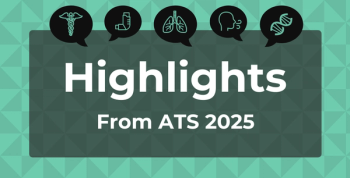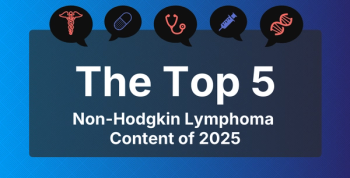
The Current State of Electronic Prior Authorization in the US
A majority of pharmacies are committed to implementing an electronic prior authorization (ePA) solution that sends prior authorization requests electronically to the prescriber.
A majority (83%) of pharmacies have publicly announced that they are committed to implementing an electronic prior authorization (ePA) solution that sends prior authorization requests electronically to the prescriber (a 13% increase over Q1 2015), according to a new report summarizing the state of the ePA.
Overall, the report illustrates positive strides toward industry-wide adoption of ePA, according to healthcare technology company CoverMyMeds, which published the
The October 2015 ePA National Adoption Scorecard found that 70% of EHR systems, representing the majority of market share, are committed to ePA (a 16% increase from Q1 2015). Eighty-seven percent of payers, representing the majority of market share, are committed to ePA (a 20% increase from Q1 2015).
In addition, 82% percent of pharmacies reported that the company and the ePA vendor have completed the integration work required for the ePA solution (a 15% increase over Q1 2015), and 72% reported the system was already operational (a 5% increase from Q1 2015).
CVS/pharmacy is the last major chain not yet committed to an ePA. The report notes that many independent pharmacies have access to ePA functionality through pharmacy systems, most of which have live, integrated ePA capabilities.
Prior authorization (PA) legislation has been considered, and in some states is in effect, since 2013 (
CoverMyMeds recommends the swift and complete adoption of ePA by EHR vendors, payers, and pharmacies, leveraging functionality from ePA vendors to create the best PA process for the industry.
Newsletter
Stay ahead of policy, cost, and value—subscribe to AJMC for expert insights at the intersection of clinical care and health economics.








































